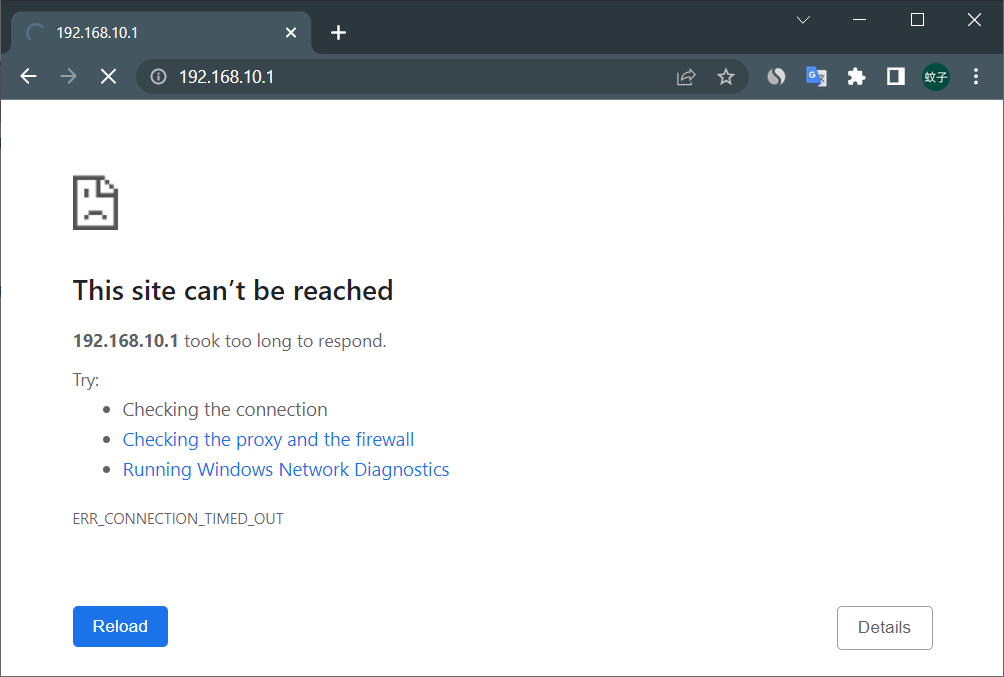Are you having trouble accessing your router settings using the address 10.5.50.1? Don’t worry, you’re not alone. In this article, we’ll explore the potential causes behind this common issue and provide you with practical solutions to help you regain access to your router settings. So, let’s dive in and get your router back on track!
Possible Causes and Solutions
(1) Incorrect Local IP Configuration on the Computer
If your computer’s local IP configuration is not set correctly, it can prevent you from accessing the router login page. But fret not, as this is an easy fix. Follow these steps to set your computer’s IP address to be obtained automatically (for Windows 10):
- Right-click the ‘Start’ button and select ‘Network Connections’.
- Next, right-click ‘Local Area Connection’ and choose ‘Properties’.
- Then, select ‘Internet Protocol Version 4 (TCP/IPv4)’ and click on ‘Properties’.
- Finally, select ‘Obtain an IP address automatically’ and ‘Obtain DNS server address
automatically’, then click ‘OK’.
If your computer’s IP is already set to default auto-obtain, you can skip this step.
(2) Router Connection Issue
To ensure a smooth connection, make sure everything is properly connected. Here’s what you need to do:
- Connect the external phone line or fiber to the modem.
- Connect the modem to the router’s WAN port using a network cable.
- For laptops or phones, connect to the router via WiFi.
- For desktops, use a network cable connected to the router’s LAN port.
(3) Network Cable Problem
A faulty network cable can also cause login issues. Check if the cable connecting your computer and router is damaged or has aged connectors. It’s important to ensure the cable is in good working condition. If you have a spare cable, try replacing it with a new one that is intact and securely connected. You can also check the network status icon on your computer or use the ‘Ping 10.5.50.1’ command to verify the connection.
(4) URL Input Error in Browser
Entering the address 10.5.50.1 into the search box of your browser’s homepage won’t lead you to the router login page. Instead, you need to enter it in the browser’s address bar, located at the top of the browser. This ensures that the browser directly navigates to the router’s login page. Remember, the address bar is not a search box! Here’s an illustration to help you understand:
(5) Router Settings Issue
Contrary to popular belief, not all routers have 10.5.50.1 as their default login website. Different brands and models of routers may have different login addresses. So, it’s crucial to confirm whether your router’s IP address is actually 10.5.50.1. You can find this information on the label at the bottom of the router.
Another possibility is that the default IP address of your router has been modified for security reasons. In such cases, 10.5.50.1 will no longer be the valid login address, and you’ll need to use the new, modified address. Here’s how you can determine the real login address of your router (for Windows 10):
- Right-click the ‘Start’ button and select ‘Network Connections’.
- Right-click ‘Local Area Connection’ and choose ‘Status’.
- Click ‘Details’.
- Look for the ‘IPv4 Default Gateway’ in the details page; this will indicate the current login IP of the router.
If none of these steps resolve the issue, you might consider resetting your router to its factory settings before attempting to log in again. For guidance on how to reset your router, refer to our article on “How to Restore the Factory Settings of Routers using 10.5.50.1 as the Login Address?”
Now that you’re armed with this knowledge, you can troubleshoot and resolve router login issues like a pro. Say goodbye to frustration and hello to smooth sailing with your router settings!
Remember, if you have any further questions or need additional assistance, don’t hesitate to reach out to us. Happy troubleshooting!


